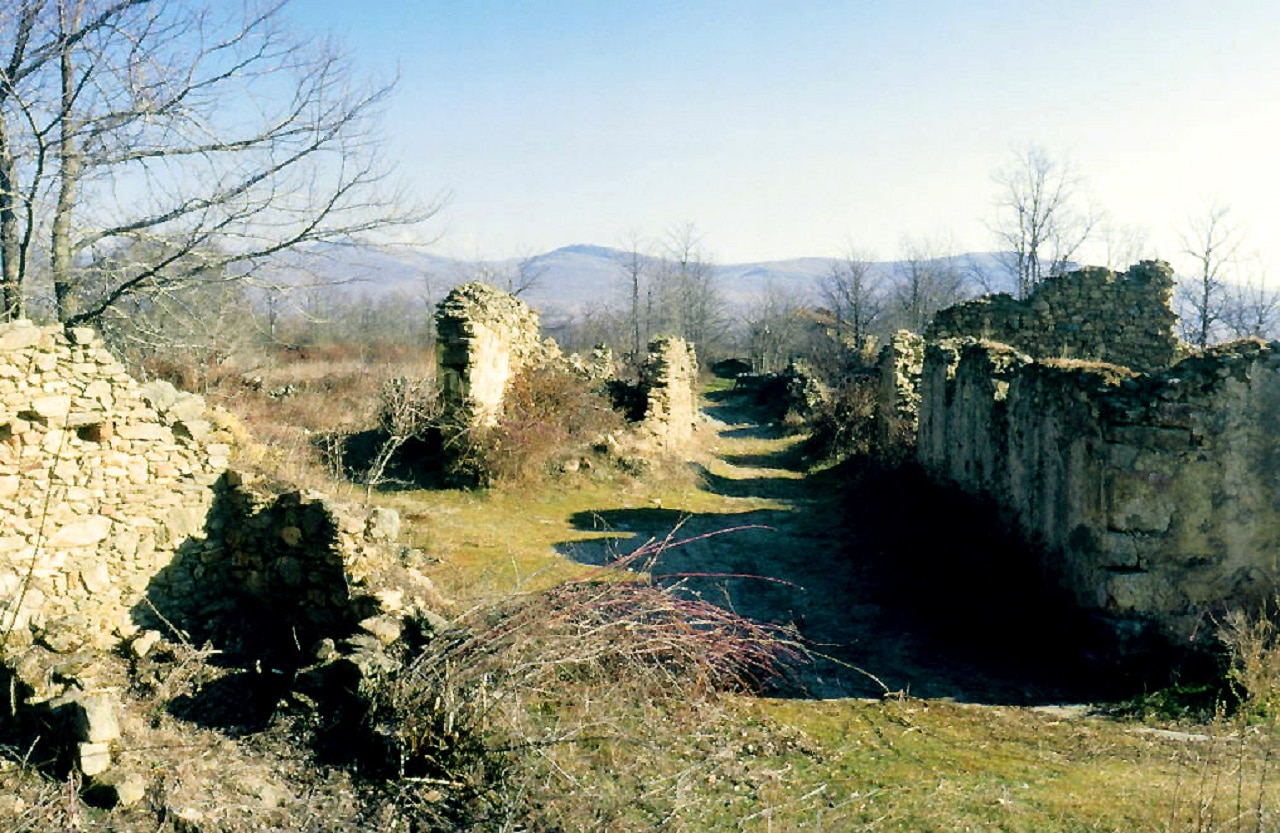
The abandoned towns of Madrid They are evidence of the situation that the Rural spain for decades. The lack of job opportunities and the scarcity of services have caused its inhabitants to move to the cities to improve their living conditions.
As a consequence, in all the provinces of our country there have been empty or semi-abandoned towns that have a ghostly appearance. If you visit them, you will still notice the encouragement of those who inhabited them and, above all, you will be transported to other times when country life was populous and, in some cases, even prosperous. But, without further ado, we are going to show you some abandoned towns in Madrid.
Fresno de Torote
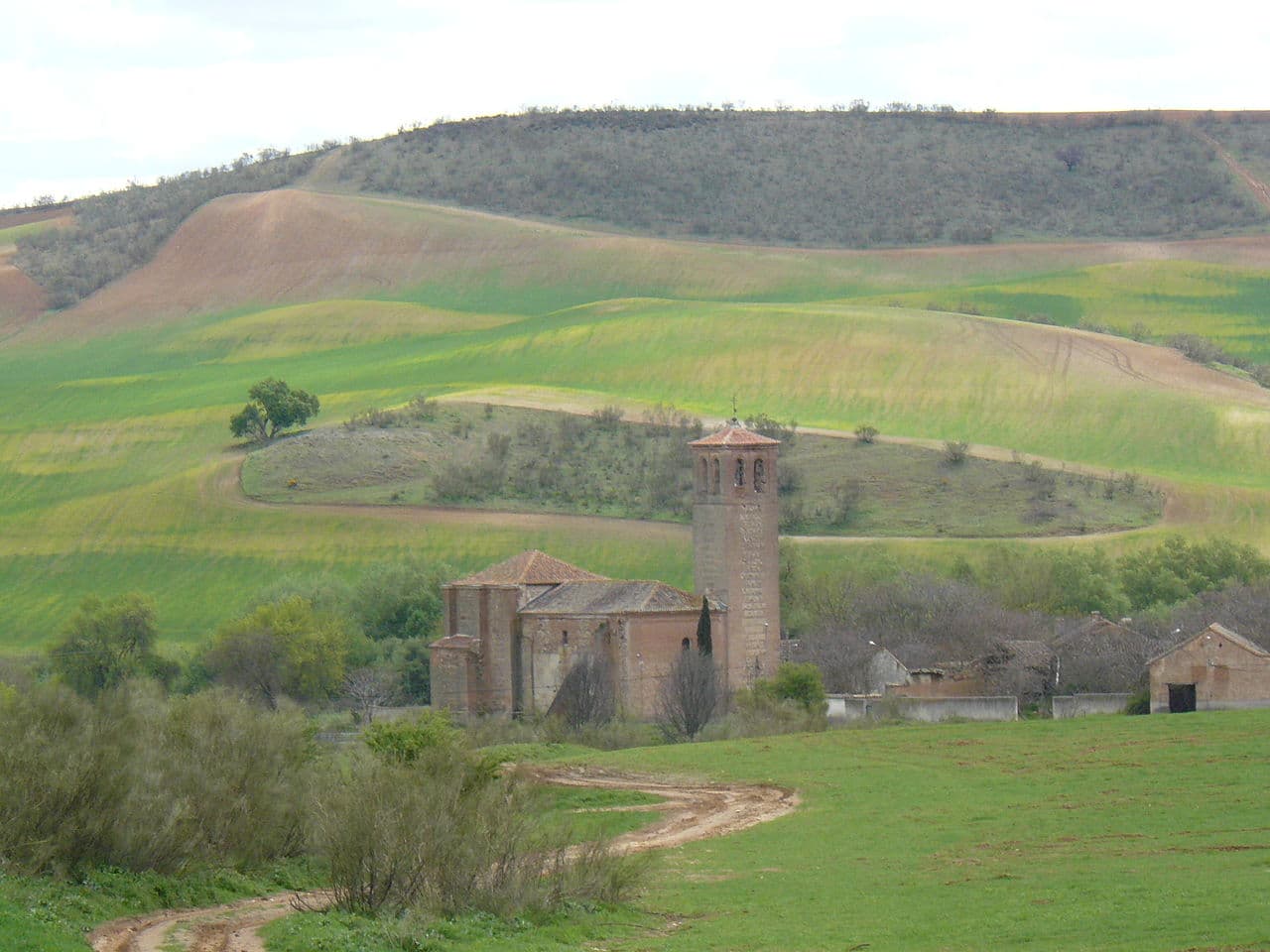
Church of Fresno de Torote
Located in full caround the Henares, about fifteen kilometers from Alcalá, this town was created by none other than the first Marquis of Santillana to house the laborers of their land in the fifteenth century. In fact, in 2000 a tomb was found in the local church where the aristocrat's son was buried.
The main reason why Fresno was abandoned has to do, precisely, with the work of its residents. Apparently, the last ones who inhabited it were day laborers of the Marquis of Quirós and the Count of Torrepalma. When they stopped needing them, they went to other places to earn a living.
Interestingly, Fresno de Torote is abandoned, but serracines, which was added to its municipal district in the XNUMXth century, has a population and is currently the capital of the council. There are also several urbanizations in the area. The few residents who were already in the town moved to those other towns.
If you go to this town, in addition to abandoned houses, you can visit the Church of the Assumption of Our Lady. And, very close to her, Saint Stephen's, built in the XNUMXth century according to Renaissance canons, although with Mudejar elements. On its façade, a belfry stands out in which two semicircular arches open and which is finished off with a pediment.
Also, you can see the Hermitage of Solitude. But what will catch your attention the most is the good condition in which Fresno is preserved. You will almost think that its inhabitants have just left.
Finally, we will tell you that you can get to Fresno in your own vehicle. But, if you prefer, there is two bus lines that keep you close They leave from the Canillejas metro station and are the 251 and 256, which go to Valdeavero, Torrejón and Alcalá de Henares.
El Alamín, another abandoned town in Madrid
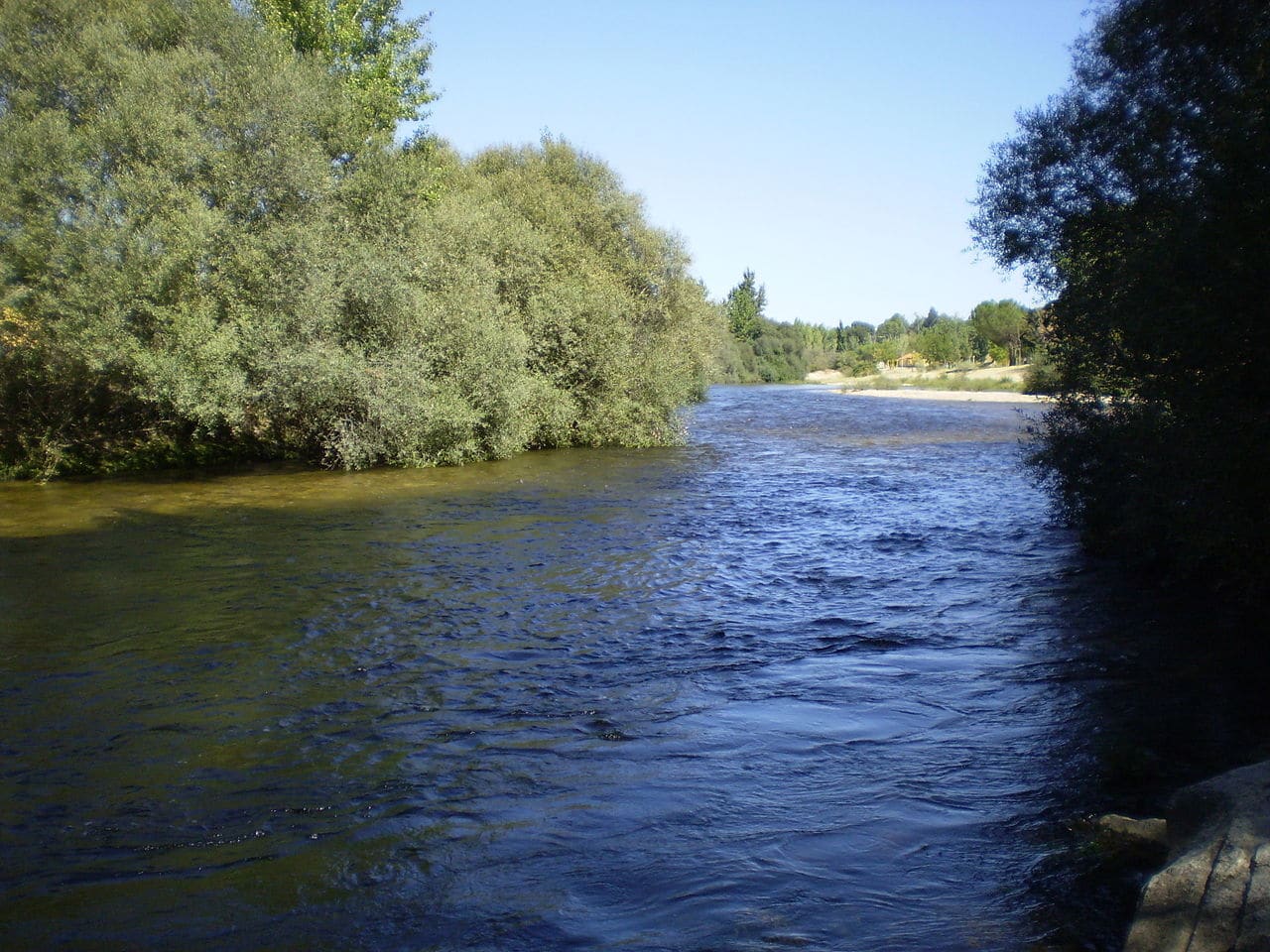
Alberche River, in whose basin is El Alamín, one of the abandoned towns of Madrid
This town, located in the Alberche region, with its extraordinary natural beauty, had a shorter life than Fresno de Torote. It was also created to house the day laborers of an aristocrat, in this case the Count of Ruiseñada. But its foundation dates back to the middle of the XNUMXth century and, when those workers were no longer needed, they had to leave.
However, it had a few years of certain splendor and even had a church, school and post office. It was distributed in a square and five streets made up of about forty ground-floor houses in total. El Alamín was abandoned around the year 2000 and currently, it seems, is in the hands of a real estate agency whose plans for it are unknown.
the beauties
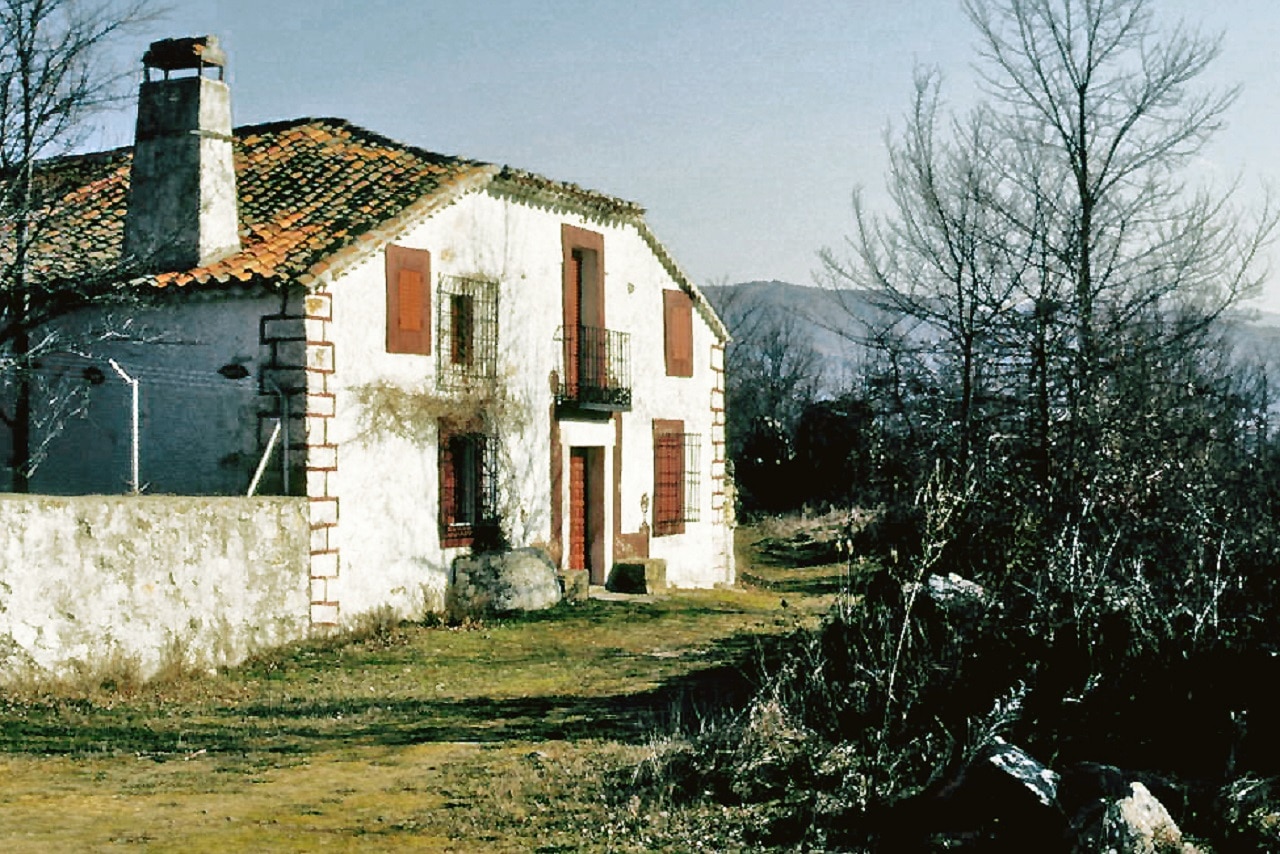
the beauties
This other abandoned town in Madrid belongs to the municipality of Piñuecar-Gandullasin the middle of the wonderful Lozoya Valley. If you visit it, you will hardly find any houses standing. In fact, there is only one, called Village of Bellidas, and around it a set of ruins.
In this case, its inhabitants left simply to find a more prosperous way of life than that offered by the countryside. However, in the surroundings of this town you have a lot to see and do.
If you come to Las Bellidas, we advise you to do one of the wonderful hiking trails that the Lozoya Valley offers you. And also that you see places like Braojos de la Sierra, with its beautiful church of San Vicente Mártir, or El Berrueco, with its Muslim watchtower and its temple of Santo Tomás Apóstol.
But above all, get close to Buitrago del Lozoya, a wonderful surprise a few kilometers from Madrid. Declared an Asset of Cultural Interest, this town is surrounded by a walled enclosure built in the XNUMXth century. However, its good state of preservation is due to several subsequent restorations.
Buitrago also has a castle from the XNUMXth century and in the Gothic-Mudejar style. Its plan is rectangular, with seven towers, a central patio and even a defensive moat. Likewise, we advise you to pay attention to the Arrabal bridge, built around the XNUMXth century, and the spectacular church of Santa María del Castillo, built in the XNUMXth century and combining Flamboyant Gothic and Mudejar styles.
But even more surprises await you in Buitrago. Don't stop watching the Forest House, a XNUMXth-century Renaissance-style mansion that was built to house the Dukes of the Infantado. But even more curious is the Picasso museum, which houses paintings by the artist from Malaga donated by Eugenio Arias, who was his hairdresser and friend.
Polvoranca
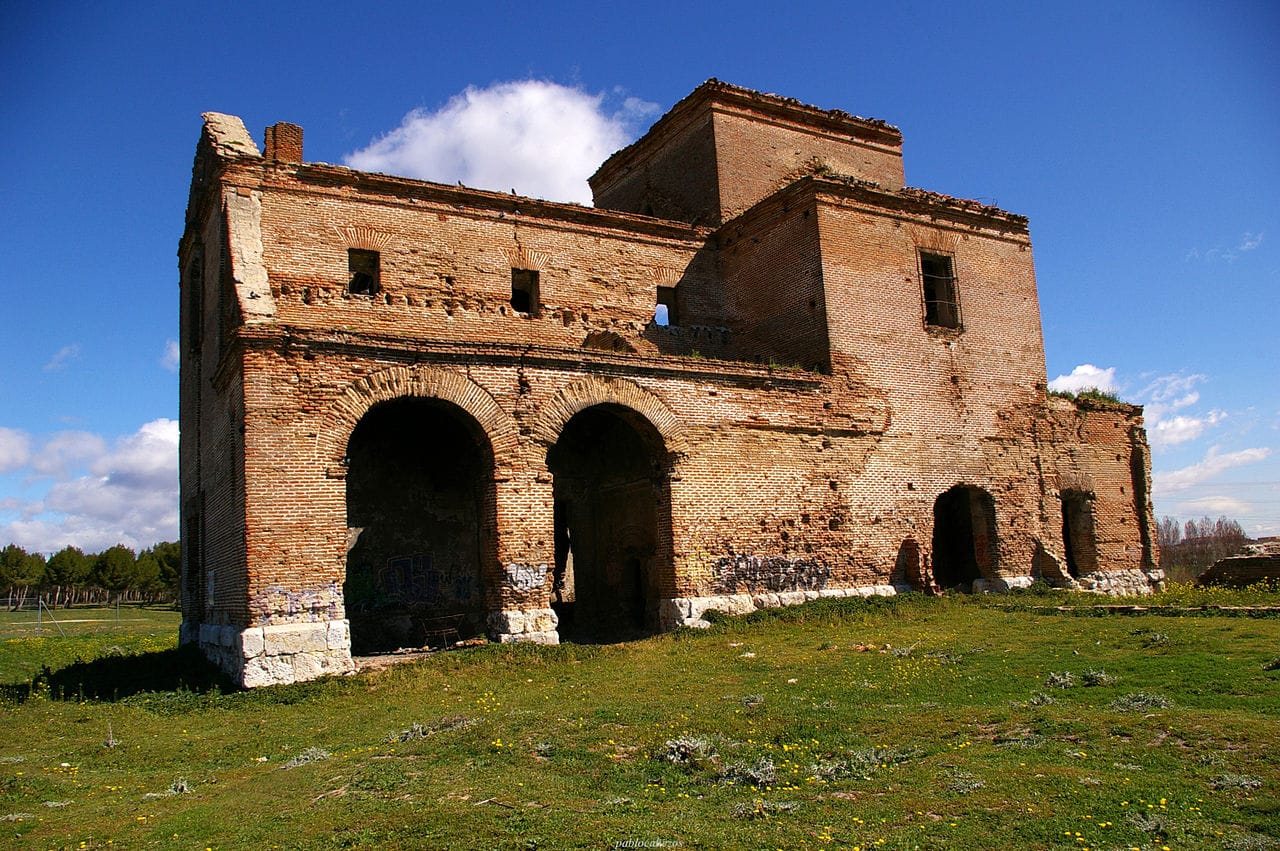
Church of San Pedro in Polvoranca
It is another of the abandoned towns of Madrid and is between Leganés, Fuenlabrada and Alcorcón. Perhaps it is the one that was first depopulated. Its inhabitants began to leave in the XNUMXth century due to the harsh climate of the area, the diseases caused by the nearby rivers and also the development of nearby towns such as the ones we have just mentioned.
However, you can still see in Polvoranca, today absorbed by Leganés and converted into a park, the church of San Pedro Apóstol, it is true that very deteriorated. As a curiosity, we will tell you that this abandoned town is described in the novel Nazarín, Benito Pérez Galdós.
On the other hand, since you are in Polvoranca, you can take the opportunity to visit Leganés, which offers you some interesting monuments. It is the case of the Church of San Salvador, a XNUMXth century temple with a main altarpiece made by Jose de Churriguera at the beginning of the XVIII. We also advise you to see the neoclassical hermitage of San Nicasio and the Casa de Salud de Santa Isabel, which was the first psychiatric hospital to open in Spain.
Finally, go to Barracks of the Royal Walloon Guards, building created by Sabatini Francesco, one of those responsible for Madrid's Royal Palace, in the XNUMXth century and don't forget to go through the Plaza Mayor to see the Swiss automaton clock of the Town Hall.
Navalquejigo, the largest of the abandoned towns in Madrid
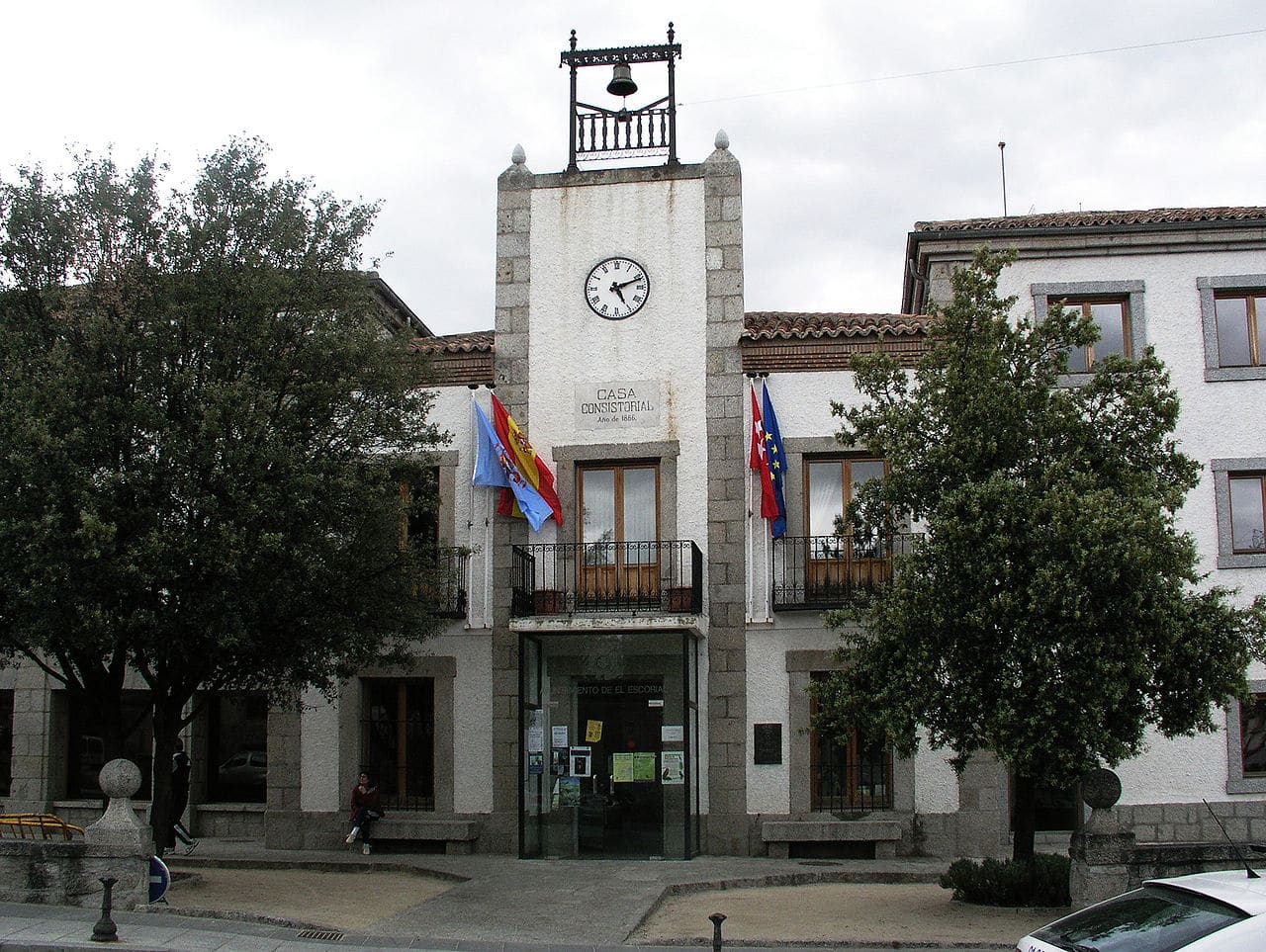
City Council of El Escorial, to which Navalquejigo belongs
This town of Madrid is located in the wonderful landscapes of the cGuadarrama Basin, specifically in the municipality of El Escorial. You can get to it by rail, since it still has a station where the C-3 line stops.
The history of Navalquejigo is even more curious than that of the other abandoned towns in Madrid. Founded in the Middle Ages, it was left uninhabited in the eighties of the XNUMXth century. But, shortly after, a group of homeless people came to him and saved him from disappearance. Even today it is listed as an Asset of Cultural Interest.
In fact, you can still see several monuments in this village. Thus, the Church Exaltation of the Holy Cross, the pillory, the laundry fountain, the old Town Hall building or the XNUMXth century bridge.
But, as you will understand, since you are in Navalquejigo, you have to go to San Lorenzo de El Escorial, one of the most beautiful villages in Spain. its spectacular monastery, which includes a basilica, a palace, a library, a school and a pantheon of kings, is worth a visit on its own.
It was built in the XNUMXth century by order of Felipe II and famous architects such as John the Baptist of Toledo y Juan de Herrera. It marks the transition from the Plateresque style to Renaissance classicism and its colossal dimensions are truly impressive.
In short, this is not the place to tell you about what to see in San Lorenzo de El Escorial. But we cannot avoid mentioning other places of interest in this beautiful town declared Heritage. Among them, the little houses of the Prince and the Infant, two XNUMXth-century neoclassical mansions built by Juan de Villanueva with their respective gardens.
But also the trade houses, the Castañar and La Herrería estates and the Royal Theater Coliseum of Carlos III, popularly known as "La Bombonera" and built in the XNUMXth century. All this without forgetting the curious Chair of Felipe II, in which, according to legend, the monarch sat to see the progress of the works of the sanctuary. However, it seems to be an ancient altar of Vetton origin.
In conclusion, we have shown you some of the abandoned towns of Madrid. But, unfortunately, there are many other towns that, although they are still inhabited, follow the same path. The phenomenon of depopulated Spain is leaving the fields of our country without inhabitants. And it's a shame because in rural areas there are true monumental gems that deserve to be well cared for. Without leaving the Community of Madrid, this is the case of Madarcos, with 49 inhabitants, The Hiruela, with 65 and a wonderful natural environment or The Holly, with 68 inhabitants.